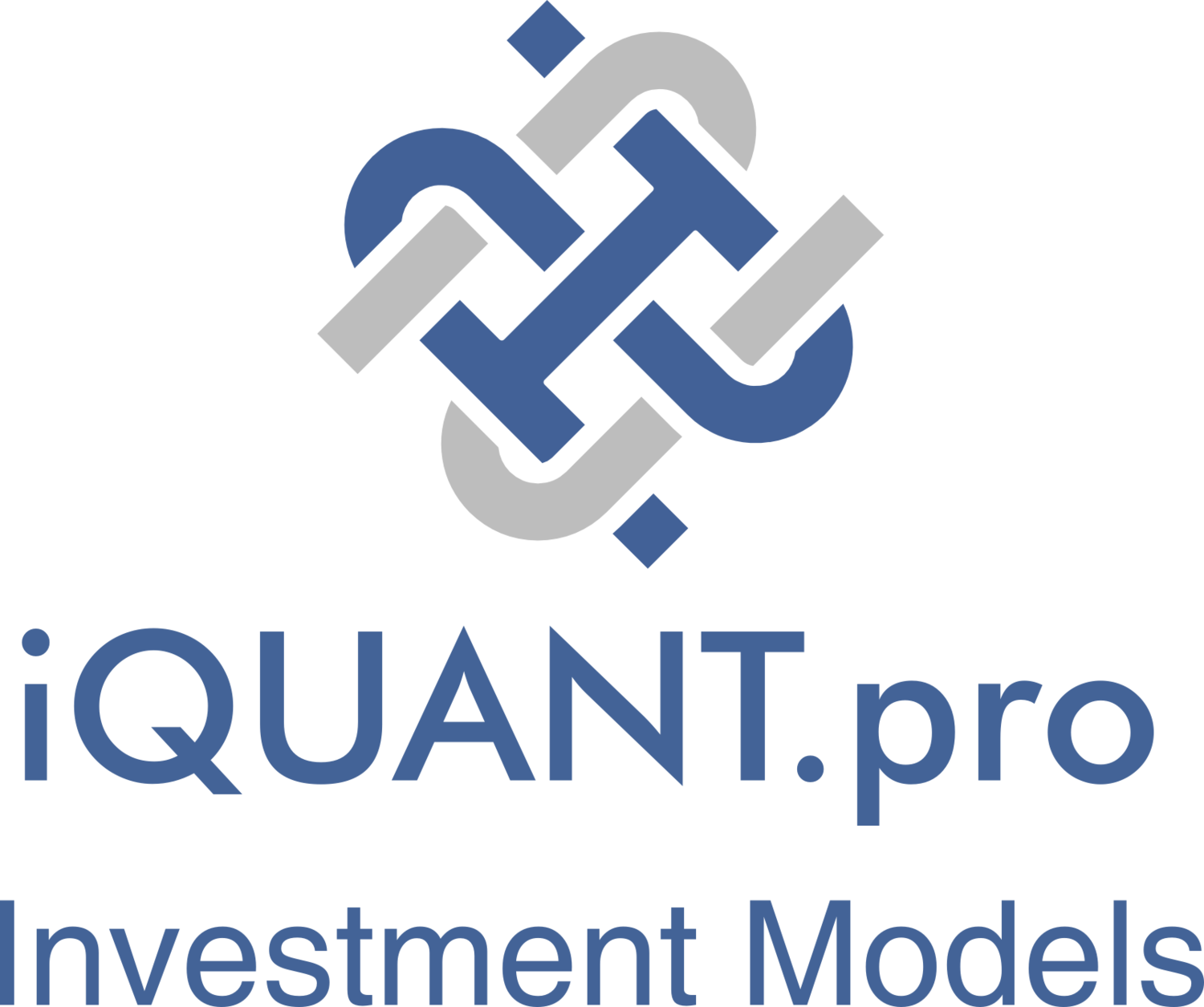The iQ Equity ETF Growth Model
INVESTMENT OBJECTIVE
The iQ Equity ETF Growth Model aims to achieve higher growth with less down-market volatility than the S&P 500 Index. It selects a diversified portfolio of equity ETFs, emphasizing strong momentum and favorable technical indicators.
RULES-BASED PROCESS
The iQ Equity ETF Growth Model selects five equity ETFs by utilizing the following time-tested and rules-based strategy.
Begin with a starting universe of sector, style box, and industry exchange-traded funds (ETFs).
Sort by a multi-factor ranking system that includes Stochastic Indicator, 9-month return, and 24-month Alpha and select the top equity ETFs.
Potential Advantages of the iQ Equity ETF Growth Model
The iQ Equity ETF Growth Model offers the following potential benefits:
Higher Growth Potential: Aims for higher returns than the S&P 500 by focusing on strong momentum and favorable technical indicators.
Reduced Volatility: Seeks less down-market volatility through strategic ETF selection.
Diversification: Invests in a diversified portfolio of sector, style box, and industry ETFs.
Rules-Based Process: Utilizes a time-tested, systematic approach for selecting top-performing ETFs.
Multi-Factor Ranking: Employs a robust ranking system, considering the Stochastic Indicator, 9-month return, and 24-month Alpha for superior selection.
The iQ Equity ETF Growth Model leverages a diversified, rules-based approach to achieve higher growth with reduced volatility compared to the S&P 500, selecting top ETFs based on momentum and technical indicators.
While the iQ Equity ETF Growth Model aims for higher growth with less down-market volatility, it is not without risks. The strategy relies on historical data and technical indicators, which may not always predict future performance accurately. Market conditions can change rapidly, causing selected ETFs to underperform. Diversification across sectors and styles may not fully protect against broad market downturns. Additionally, the reliance on a rules-based process means the model may not adapt quickly to unforeseen events or shifts in market dynamics, potentially leading to periods of underperformance.
